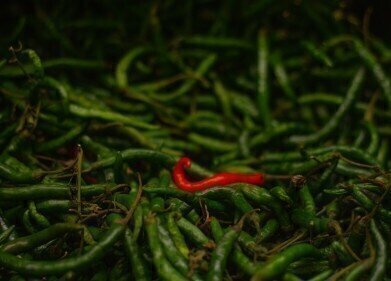Columns (GC)
Preserving Plastic in Museums with the Help of Chromatography
Jul 25 2021
By now, we’re all well aware of the longevity of plastic. Taking up to 1,000 years to fully decompose, it’s thought that every piece of plastic that’s even been produced is still present in the environment. The result is plastic being found everywhere from the Arabian desert to Antarctica and the depths of the Mariana Trench.
But what about plastic that we want to preserve? While plastic’s longevity is undoubtedly a problem overall, there are some items in museums which people want to protect for decomposition and wear. Thankfully, chromatography has been able to help out.
How do plastics degrade?
While plastics are generally durable and long-lasting, some plastic materials do change over time. Weeping out additives and ‘melting’ into sludge causes issues for museums which want to preserve culturally important plastic objects. That could be anything from an old-fashioned radio to the costume of an iconic movie character.
While museums have a wealth of experience preserving paintings, books and items made from wood, metal or glass, they have relatively limited knowledge when it comes to plastic.
The way in which plastics degrade depends on the kind of plastic that has been used. The likes of acrylic and polycarbonate are pretty stable, while others can break down when exposed to oxygen or light over long periods. The same is true for added extras like dyes and fire retardants, which can all naturally unmix and come out of the material.
What’s that plastic?
That brings up the first challenge of preserving plastics – identifying what material you’re working with. One method is using pyrolysis–gas chromatography–mass spectrometry, which analyses a sample of the material to create a molecular fingerprint. That can then be cross-referenced with a material database which has been compiled by Preservation of Plastic Artefacts in museum collections (POPART).
Similar methods of pyrolysis and gas chromatography with plastics are discussed in the article, ‘Analysis of Microplastics in Environmental Samples by Pyrolysis/Thermal Desorption-(GC)xGC-TOFMS’.
Preserving plastics in museums
Once the type of plastic has been identified, conservators can consider how each item can be preserved. Odile Madden, senior scientist at the Getty, suggests that the general rule is to keep items cold, dark, dry and without oxygen.
But again, given the diversity of materials, researchers are still performing experiments to create new preservation techniques. According to an article in Science Mag, that includes replicating samples and storing them at different temperatures and humidity levels.
It transpired that the coldest ‘deep-freeze’ temperatures actually had an adverse effect on materials. PVC molecules were crystallised, with some plasticisers removed and the fabric ending up brittle.
4.4°C was identified as the optimal temperature in one experiment, which is just above the temperature of your household refrigerator. So, next time you’re looking to preserve plastics, why not pop them in the fridge?
Digital Edition
Chromatography Today - Buyers' Guide 2022
October 2023
In This Edition Modern & Practical Applications - Accelerating ADC Development with Mass Spectrometry - Implementing High-Resolution Ion Mobility into Peptide Mapping Workflows Chromatogr...
View all digital editions
Events
ACS National Meeting - Fall 2024
Aug 18 2024 Denver, CO, USA
Sep 04 2024 Chiba, Tokyo, Japan
Sep 04 2024 University of Warwick, Coventry, UK
Sep 10 2024 Rockville, MD, USA
Plastics Recycling World Expo Europe
Sep 11 2024 Brussels, Belgium














